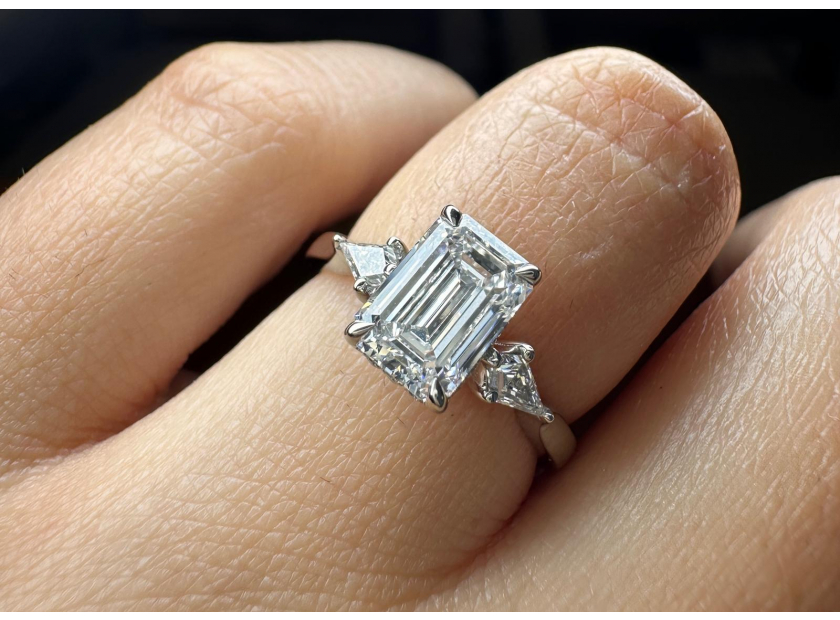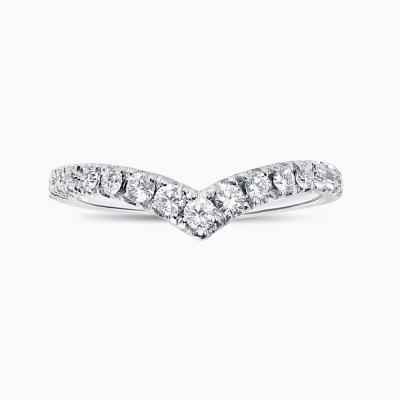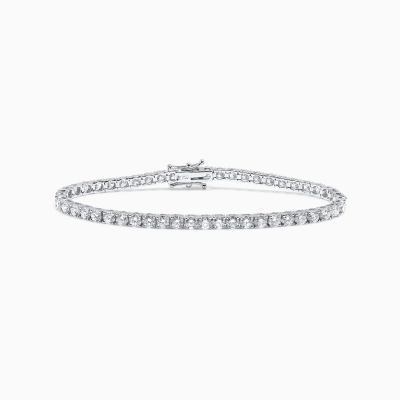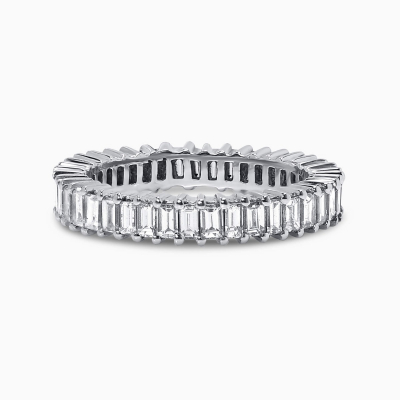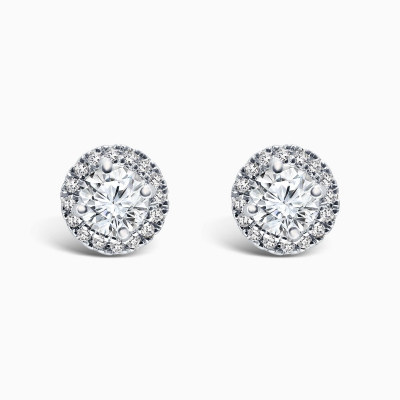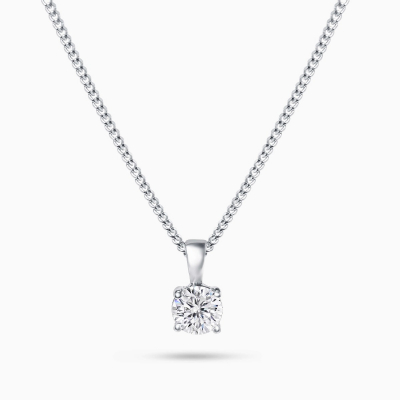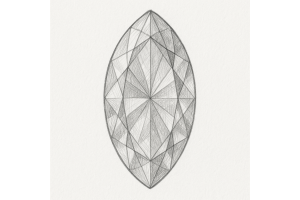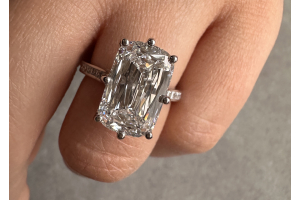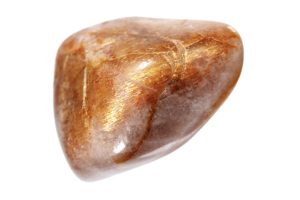USD
/
USD
/
Shipping to:
Currency:
A Beginner's Guide to Lab Grown Diamonds
The rising concerns about the underlying problems of diamond mining are affecting individuals and businesses in their purchase choices. Indeed, mined diamonds are associated with violence, conflicts, human rights abuses, labour exploitations, and environmental devastation. All things considered, diamonds are far from remaining a girl’s best friend.
However, this realisation has boosted the interest in synthetic diamonds. Lab grown diamonds also known as man-made diamonds are growing in popularity. Are you wondering whether they are the right solution for your needs? Here’s a brief overview of what lab diamonds are and how they’re made.
Are lab diamonds fake diamonds?
This is an important question as most buyers are concerned that synthetic diamonds may not be real diamonds. In reality, man-made diamonds are identical to mined diamonds at a chemical, physical, and visual level. In other words, you would be unable to tell the difference, regardless of the application you wish to use the diamond for (that includes jewelry and industrial machinery).
Diamonds made in a laboratory register as real diamonds when they are submitted to a test. They are made using the same material, pure carbon, as traditional diamonds and have the same structure. The only difference that buyers will notice is the origin of the diamond. Pure Grown Diamonds, a US record-breaking lab grown diamond retailer, has repeatedly made the news for creating the world’s largest lab-created diamond, proving that manufactured gemstones can be just as appealing, beautiful, and mesmerising as nature-made ones.
Explore Our Collections
What is the difference between natural and synthetic diamonds?
At first glance, you may not spot any difference. However, there are significant disparities in features and appearance between both diamonds. Synthetic stones are comparatively clearer than natural gemstones. The manufacturing process can vary from one lab to another, which can be linked to different features. As a result, some labs are better suited to create synthetic diamonds for industrial applications as they can enhance the hardness, thermal conductivity, and electronic features.
From a buyer’s perspective, it is also worth mentioning that lab diamonds have no impact on the environment, the mining community, or even human rights. Another considerable advantage that buyers cherish is the cost. As a rule of thumb, lab grown diamonds are 50% to 70% cheaper than natural ones and can perform the same functions.
How do you make lab grown diamonds?
Laboratories can use two different methods to create diamonds:
- High-pressure high-temperature process (HPHT)
- Chemical vapour deposition process (CVD)
Each process uses a diamond seed obtained from a crystal or a plate to initiate the synthetic growth. The HPHT method places the diamond powder inside a small capsule. A molten metal alloy is ten submitted to high pressure and temperatures. Once the allow has dissolved, the crystallisation period lasts several weeks.
On the other hand, the CVD process uses low pressure and high temperature to grow the diamond inside a vacuum chamber filled with a carbon-based gas. Using a source of energy to interact with the gas molecule, the process moves the carbon atoms toward the seed, where they crystalise for several weeks to months.
Are you considering buying a synthetic diamond but unsure how to choose? Book an appointment with our specialist team at Rêve to find out more.



